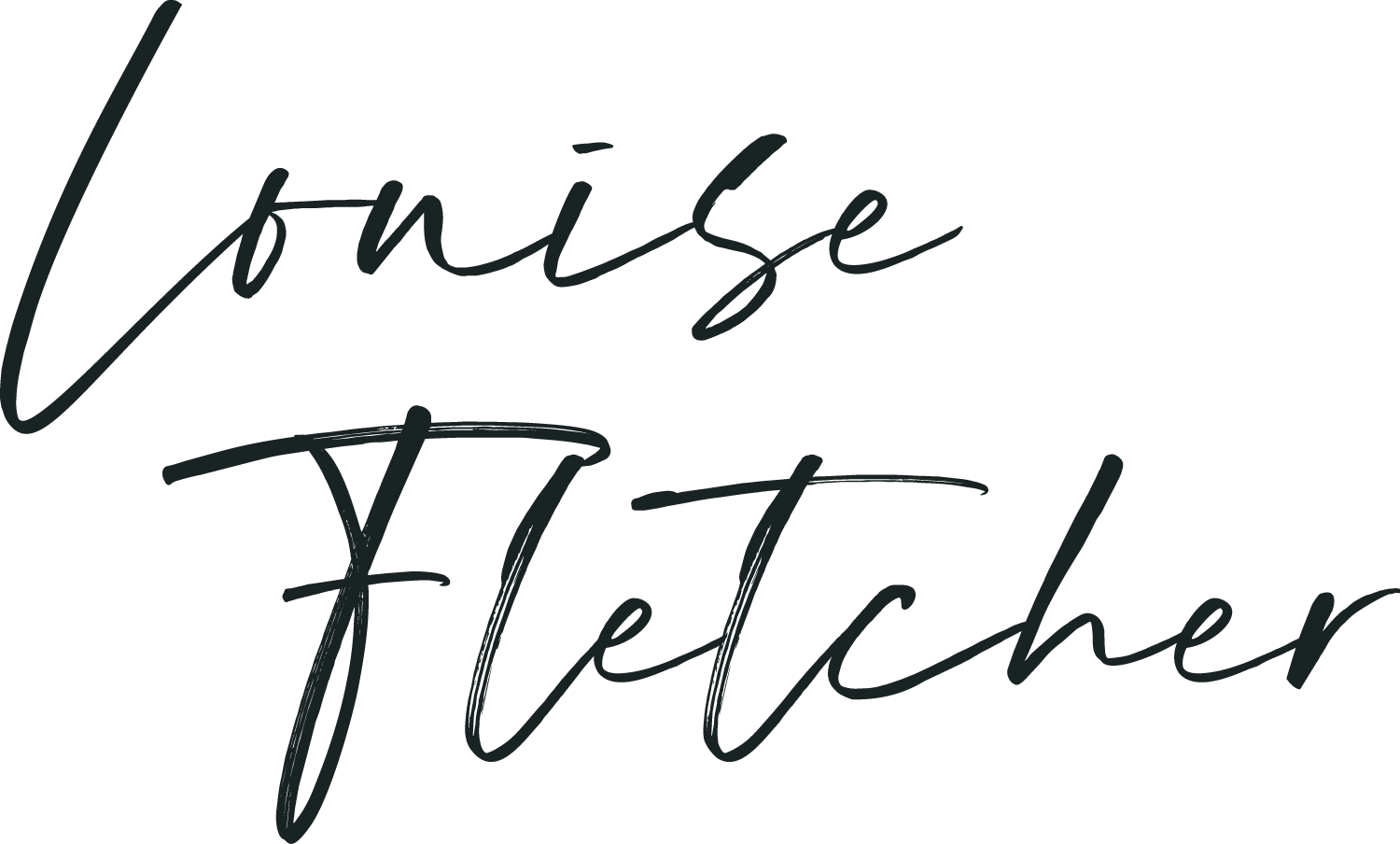The moment you try to make a “good” painting…
One of my students said something this week that really struck me. I'm paraphrasing, but roughly she said:
“I’m sick of making studies. I just want to make finished paintings.”
I get it. The desire to make something finished is powerful. It’s satisfying to see a painting that looks complete, something you can show, frame, or post online.
But here’s the thing: the desire to make a good, finished painting is often the very thing that prevents you from making one.
When we start thinking in terms of finished and good, something shifts inside us. We tighten up. We start editing ourselves in advance, trying not to make mistakes. It’s a kind of defensive crouch. But our creative spirit needs the opposite - it needs to feel freedom, curiosity, and a lack of judgment.
That’s why I guide students toward experimentation and play instead of aiming for polished outcomes. It’s not because I don’t want them to make good paintings — quite the opposite!
It’s because I know that good paintings are what happen when you stop trying to make good paintings.
When you focus on “getting it right,” you’re usually operating from the ego. And ego always wants to play safe and impress. It’s terrified of looking foolish. It wants validation, control, and approval. Those are all normal human instincts — but they’re poison to creative flow.
Your creative spirit, on the other hand, doesn’t care about looking good. It’s endlessly curious. It loves to try things, to risk failure, to surprise itself. It’s playful, messy, and alive. And the only way I know to invite that self into the studio is to shift the focus from finished paintings to experiments.
That’s how I trick my own ego.
I tell myself I’m not making anything important. I’m just playing. I’m just trying things out. And it works — it’s like loosening the lid on a jar that’s been stuck tight. Suddenly there’s movement again.
Right now, I’m experimenting everywhere — in sketchbooks, on large sheets of paper, with my gelli plate, and on three big canvases. In none of these cases am I telling myself, “It’s time to make a finished painting.” Because for me, that’s the death knell.
That's because, whenever I decide I’m “making something finished,” the work stiffens. It becomes self-conscious. It starts worrying about how it will be received — and that’s when the life drains out of it.
But when I stay in play — when I’m following a mark just to see where it goes, when I’m mixing colours without a plan, when I’m layering paper or scraping paint because it feels interesting — something else happens. The painting takes on a life of its own. It leads me. And sometimes, almost by accident, it arrives somewhere exciting, somewhere that feels finished. But the difference is, I didn’t force it there.
That’s what I want my students to experience — that moment when you’re so immersed in the process that you forget to judge, forget to plan, forget to impress. And then, suddenly, there it is: a painting that feels alive.
So if you’ve been stuck chasing “good” paintings lately, I want to invite you to shift your focus. Aim for honest instead of impressive, Give yourself permission to make studies, tests, messes, and failures. That’s not second-rate work. That’s the place where good paintings are born.
Because the moment the ego leaves the building, the creative spirit finally gets to play - and that’s where the real art happens.
It takes a leap of faith for sure ... but it's a leap well worth taking, because the rewards are limitless :)

